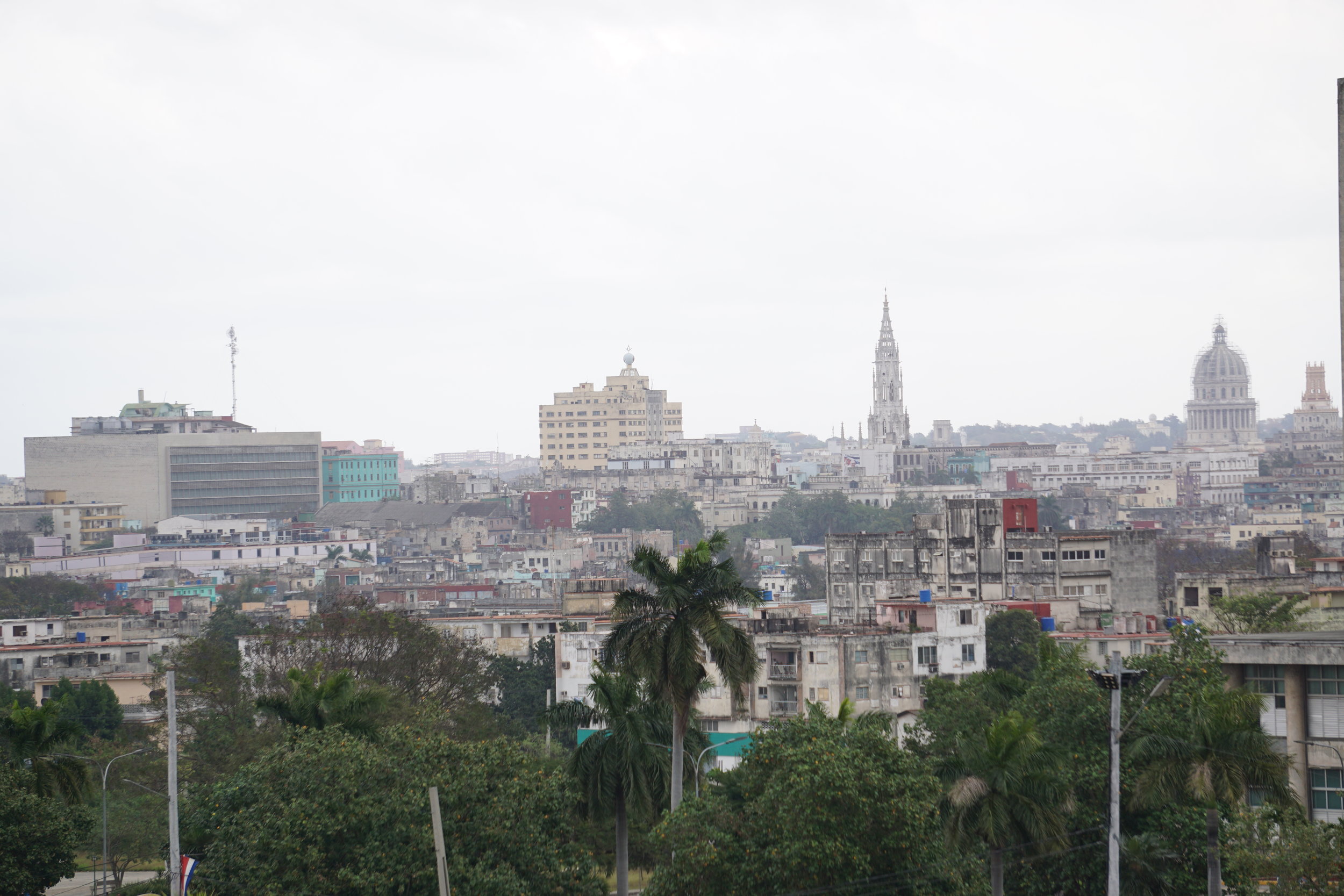Cuba’s no longer America’s mysterious next-door neighbor.
The island has been shrouded by centuries of ideological animosity and economic control, from colonial sugar capital to the land of communist rebellion. Since 2012, President Obama’s endeavor to renew relations and mend ties with the same Castro government condemned 60 years earlier is bridging the gap between the United States and Cuba, a nominal 90-mile distance that has felt astronomical for more than the past half-century. Today, with hundreds of commercial flights a day and the reopening of both the American embassy in Havana and the Cuban embassy in Washington D.C., the island is once again open to American tourists. And curious millennials — a generation of travelers that has been barred its whole life—are seizing the opportunity to discover the real Cuba.
And when they go, most often, they want to go to Havana, one of the most iconic cities and most popular destinations in the Caribbean, with four million visitors in just 2016 alone, according to the Cuban Ministry of Tourism. The vibrant, crumbling, yet regal capital has remained untouched by Western influence since the height of the Cold War in the 1960s, and has preserved its mid-century charm and attracted millions of nostalgic travelers every year. In its (near) 500 years of existence, the city cycled through many identities: the crown jewel of the Caribbean during the peak of Spanish colonialism in 17th century; the lavish playground and cash cow of the American mob in the 1940s; and an intellectual hotbed in the national fight for freedom over numerous centuries. The stories, sentiments, and spirits of all these periods linger in Havana’s streets and in its people.
The Glocalist aims to take you from a gringo to a habanero/a. Make tostones from an old family recipe; celebrate your African ancestors in the back alleys of Centro Habana; memorize the country’s most well-known poem. Through local narratives and insider information, this guide presents an unparalleled glimpse into everyday Cuban life, exploring the tapestry that gives Havana—and Cuba—its timeless allure.
